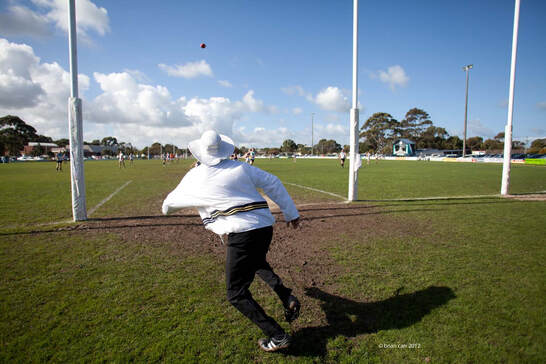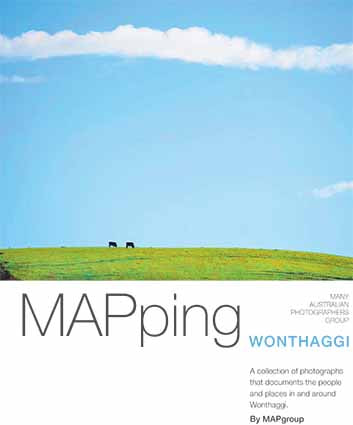TEN years ago a group of 19 photographers descended on Wonthaggi for a fortnight. I was one of them.
MAP (Many Australian Photographers) is a collective of documentary photographers with a passion for recording the world around them. The group had just completed a remarkable project called Beyond Reasonable Drought, culminating in a book and a traveling exhibition.
Most of the other towns we’d visited were around the north west of the state, in the flat country, so I suggested Wonthaggi. I knew the place reasonably well. I was born in Korumburra, and grew up in Warragul. My first job was in the Bank of NSW and I was posted to Wonthaggi in the early ’60s. I was fortunate to be accommodated at the Caledonian Hotel, about 10 metres from the bank. It was blissful. I finished work at 3pm and then I was free to surf the local beaches.
| I met my future wife in Wonthaggi, played (very average) footy with The Blues, and thoroughly enjoyed living in the town. Despite the titles bestowed on Wonthaggi …’Moe by the sea’…’Leongatha with a chip on its shoulder’… I liked the community spirit. My wife told me of things she remembered growing up, such as the Miners’ Co-op, where goods were booked up on a membership number and paid for on the miners’ payday, the Workmen’s Club, the Miners’ Pharmacy, the Union Theatre, the swimming pool at Cape Paterson…all these things were organised by mine workers. The town had a spirit that I hadn’t seen in others. One of the group members and I made preliminary visits to Wonthaggi looking for venues to exhibit in. The cinema foyer looked like a good place but, after discussions, we realised it was too difficult to satisfy requirements. On another trip we went for a coffee and discovered the space next to The Coffee Collective, and after talking to the coffee shop owner, James Archibald (a former professional photographer from the city) we decided that would be suitable. | Available to download. Through our Single Town Projects, we explore what constitutes the spirit of a town – the physical environment and the characters who live, work and play in the locality. The people of Wonthaggi are central to the town’s essence, and you may recognise many of them in the pages of this book. Julie Bowyer. MAPgroup vice-president, MAPping Wonthaggi foreword. |
We thought the town presented a character of resilience, diversity of culture and lifestyle (despite the aforementioned descriptions!) One thing I find remarkable is the amount of public land - the walking trails, the wetlands with bird observatories.
Has the town changed in the 10 years since the Wonthaggi Project?
I suspect the town is pretty much the same as it was then. It’s always had to adapt to external influences, things like the closure of the coal mines, the desal plant, the wind turbines, the eco village at Cape Paterson.
When I was here in the ’60s, the town was predicted to ‘die’ after the mine closure.
During the intervening years when we brought our children to Cape Paterson for Christmas holidays, (and eventually bought a house just a few doors from where my wife grew up) I couldn’t help noticing how the town was certainly not dying but thriving.
Download MAPping Wonthaggi.

